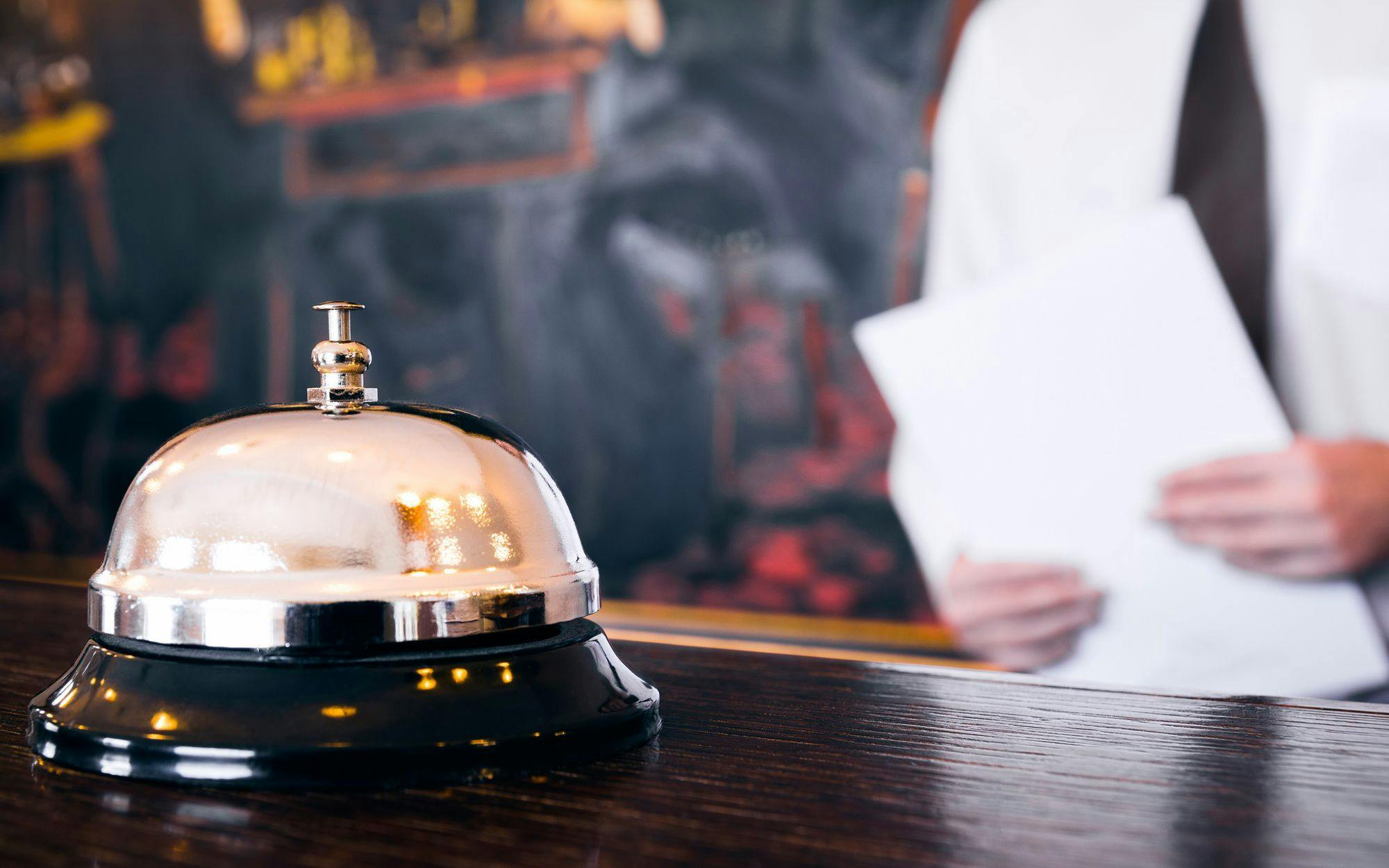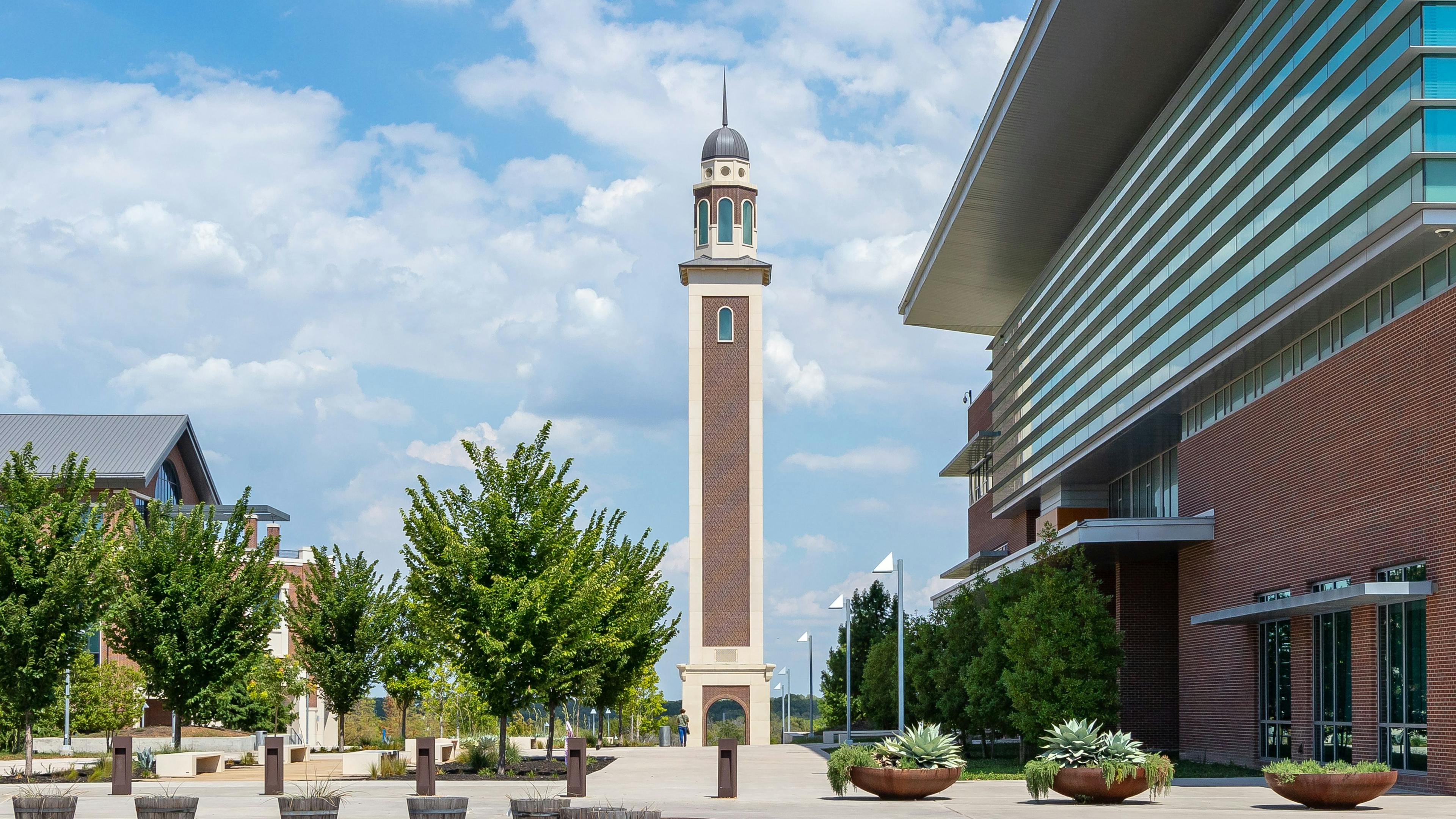
The Hospitality Market Heats Up
Superior Style and Guest Experience Set the Trends as Traditional Chain Hotels Lose Appeal
With the summer months in full swing, so is the 2017 travel season. Warm weather, long days and the kids off school mean families all over the country are in the midst of their summer adventures. Considering the current geopolitical state, economic forecasters are cautiously observing what the 2017 travel season will mean for the hospitality industry.
Following the 2008 recession, when the hospitality industry took a big hit (particularly luxury hotels), more financial certainty has meant more vacations, which in turn has increased the need for commercial buildings. With people spending more, the hospitality industry is flourishing again.
While the spring of 2017 shows that growth in nonresidential construction has taken a bit of a dip—1.7 percent as of April 2017—spending on nonresidential construction was up about 4.3 percent from this time last year. Spending in the lodging sector alone has grown 5.9 percent since last year.
Developers, investors and business owners’ confidence in the U.S. economy has influenced spending on projects that were put on hold during the recession—leading to more groundbreakings this year and next.
Who Is Experiencing the Most Growth?
Taking a look at where the hospitality boom is happening, it’s clear that the majority of the growth is reserved for cities. Major American cities including Chicago, Los Angeles and Atlanta are all experiencing a growth in hotel construction. However, it isn’t traditional hotels that are taking off.
While there is a need for a standard room with two double beds, travelers are looking for “homier” atmospheres when traveling. As evidenced by the growth in Airbnb, where users can rent out a room in someone’s house or even an entire home, the trend will continue toward rooms offering more space, a full kitchen and other options they may not be getting in chain hotels.
Hotels also are looking to invest in their public spaces. Guests seek a memorable experience, not just a traditional check-in space with a desk and a couple of chairs. Instead, they want access to any luxuries they can think of: restaurants, storefronts, bars and more.
Hotel owners, restaurant owners and other members of the hospitality industry need to look into these kinds of shifts to be part of the sector’s growth tide.
The Beauport Hotel: A New England Design-Build Success Story
The Beauport Hotel in Gloucester, Mass., is just one example of a recent project aligning with the current hospitality industry trends. The hotel boasts 115,000 square feet, 94 rooms, a conference center, ballroom and rooftop pool. The many amenities offered by the Beauport Hotel make it a full-service destination that creates an unparalleled experience for its guests, and not simply just a place to stay.
The project, fulfilled by Windover Construction, Beverly, Mass., was created through a design-build model that allowed the team to make changes easily throughout the project—looking at each piece of the hotel as part of a bigger picture. Staying agile allowed Windover to make small tweaks while building, including moving the pool and extending the lower-level bar.
By making the guest’s experience the center for the design and construction of the building, the owner and the contractor ensured the needs of future guests were considered at the very foundation of the hotel. Windover’s experts managed all the details down to the linens and silverware to provide a completely turnkey facility to the Beauport Hotel upon turnover.
Atlanta’s Solis Hotel Takes Advantage of Prime Location
The Solis Hotel at Two Porsche Drive in Atlanta is another example of a new hotel project considering the needs of travelers in 2017.
The Solis Hotel is an experience of its own, but it doesn’t credit its own amenities as its shining star. Instead, it’s the location of the hotel. According to Tom Nichols, president of Winter Construction Company, the project’s general contractor, the Solis Hotel “will treat guests to a European sophistication and level of service.”
Located next to the Porsche headquarters, the Solis Hotel aims to appeal to international visitors looking for a unique Porsche experience. From their rooftop lounge, guests can watch the Porsche driver development track or even watch the arrivals and departures of the nearby Hartsfield Jackson Atlanta International Airport.
“For the hospitality market, the continued growth of Atlanta as a hub for business and leisure travel, including international travel, combined with the general growth of business in Atlanta, adds up to a market that will continue to grow,” Alexander says.
Brent Reid, CEO of Winter Construction, adds: “The development team sets high standards for every aspect of the Solis Hotels, and that’s the level of quality that Winter delivers.”
The hospitality industry is expected to see moderate growth in 2018, but with some caution. For areas that rely heavily on visitors from Europe or other parts of the world, changes implemented between now and 2018 could dramatically hurt business. Battles over visa requirements, whether laptops will be allowed in the airplane cabin, and fears of terrorist attacks could push more people to travel closer to home. This could suppress demand for hotels again, causing owners to lose money.
Hoteliers that focus on the guest experience—particularly within the boutique and luxury segments—will be the ones offering the most opportunity for contractors in the years ahead.
Related stories








